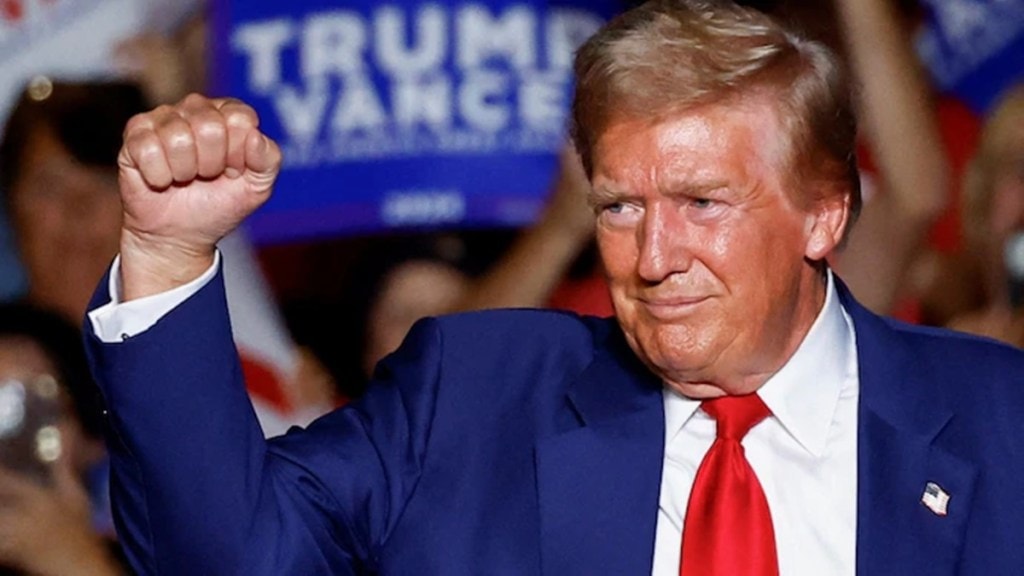With Donald Trump assuming office as the 47th President of the United States in a spectacular function inside the Rotunda of the US Capitol, a new chapter begins not only for America but also for the global order. Trump has promised to “fix every single crisis” faced by America with “historic speed and strength”, and has promised to push the limits of executive power, deport millions of immigrants, secure retribution against his political enemies, and transform the role of the US on the world stage. The job should be made easier as Republicans enjoy majorities in both chambers of Congress that have been almost entirely purged of any intra-party dissenters. But campaign rhetoric often differs from governing realities and leaders — even Trump — will have to ultimately align their decisions with realpolitik domestically and national interests internationally. Trump’s recent actions, including his intervention on the TikTok issue, signal a pragmatic approach that is open to dialogue and adjustments — a stance that should characterise his second tenure. Another good beginning before his formally stepping into office is the ceasefire in Gaza, which can be attributed in part to his ascendancy.
Trump’s policies aim to reinforce domestic economic growth while recalibrating global partnerships. India, a significant stakeholder in the US-led international order, will need to navigate the opportunities and challenges emerging from this shift. India’s concerns under Trump’s administration extend across multiple domains. Tariffs remain a contentious issue, as Trump’s preference for protectionist trade policies could potentially strain Indo-US economic ties. However, India must leverage its strategic significance and the mutual benefits of collaboration to negotiate favourable terms. On the technology front, President Joe Biden’s export restrictions on advanced artificial intelligence (AI) chips, while not immediately impactful, pose a long-term challenge to ambitions under the IndiaAI mission. These curbs echo past hurdles in space and atomic energy, underscoring the need for India to accelerate self-reliance in key technologies such as semiconductors and AI.
The H-1B visa programme remains another pivotal concern. Indian professionals, who constitute over 70% of H-1B visa holders, are integral to the US tech sector. Trump’s evolving stance — from restricting immigration to proposing green cards for STEM (science, technology, engineering, and mathematics) graduates — reflects a pragmatic approach to bridging labour market gaps while maintaining domestic political support. Indian information technology companies have already adapted to visa challenges by increasing local hiring and expanding offshore operations, but policy shifts under Trump could still affect talent mobility and economic ties.
Trump’s foreign policy, marked by a rejection of traditional globalism, seeks to reestablish US military and economic dominance while engaging adversaries like China, Russia, and Iran on terms that favour American interests. For India, this duality — assertiveness coupled with negotiation — requires recalibration of its strategic approach. India’s participation in multilateral forums like the Quad and its shared interests in countering Chinese expansionism align with Trump’s priorities. However, the administration’s tariff policies and tech export restrictions necessitate careful negotiation to safeguard India’s growth trajectory. Yet, the unpredictable nature of governance cannot be discounted. Several decades ago when journalists asked the then British Prime Minister, Harold Macmillan, to identify the greatest challenge to his administration, he replied, “Events, my dear boy, events.” In short, unforeseen challenges can derail even the best-laid plans. For Trump, whose tenure begins amid global uncertainties, and for India, striving to navigate these changes, the ultimate outcomes will depend on their ability to adapt to evolving circumstances.

